In this case, the caches had to do with "Orphan Black", a clone-themed sci-fi series, filmed in Toronto, that Tats and I have recently begun watching.
The event began at "Jim's restaurant", an establishment near Queen and Logan, which is featured in a scene from Season Two of the series, and which is slated to be torn down and replaced by condos in the near future.
Then there was the money jar at the cash, with a hand made sign requesting donations to a local, generic charity, imploring the reader to consider what it was like to be poor and starving, and assuring the reader that God, who "is watching us" would "reward you greater than what you donate". (Oh, and they "also support African Orphans". )
Well!
The actual geocachers attending the event were no less intriguing... The roughly 12 people in attendance came in all shapes and sizes. Most of them had "real" GPS units (as opposed to the more ubiquitous smartphone versions), and they were very proud to show and share with this muggle!!!
I was taken with how much protocol there seemed to be with the whole thing... everyone referred to one another by their caching handles rather than their actual names (made for a little confusion for me and the one other muggle in the group!), and everyone had a million interesting stories to share about the time they got stopped by the marine unit while trying to find a terrain 5, or the fact that they no longer tried to find difficulty 1s, because they were trying to up their average... the geekiness of it all was kind of fun, and I found myself really drawn into their stories.
| After lunch, we did a little geocaching with the event organizer, and found one of her Orphan Black-themed caches (right near Mrs. S's house from the show, and I found the cache!!!) | Finally, it was time to head home and make another attempt at finishing report cards, despite the slow, sluggish system problems I'd been encountering all weekend (I'm in part referring to my own system, |
I was glad to have attended this geocaching event -- even though I've often hunted for treasures with Tats, I had never actually gone to a meet-up like this with her. I feel like I have a better appreciation now for my partner's hobby, and for some of the people who engage in it.

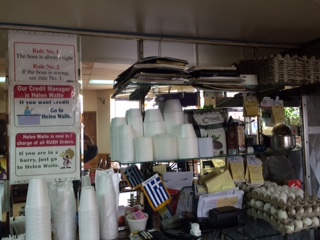

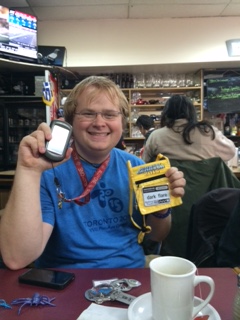
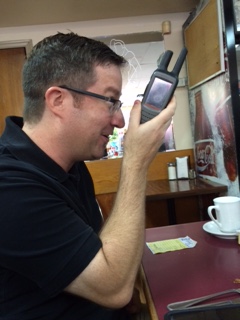
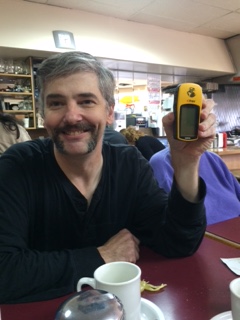
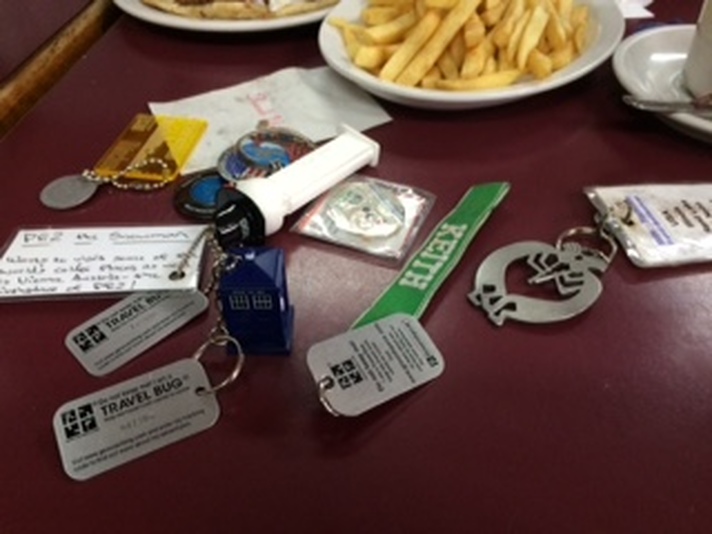
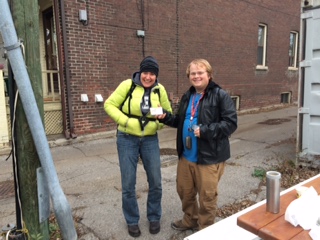
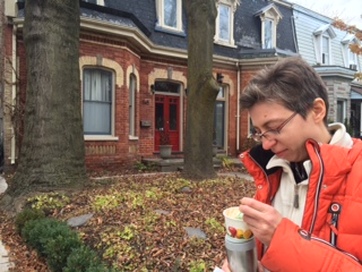


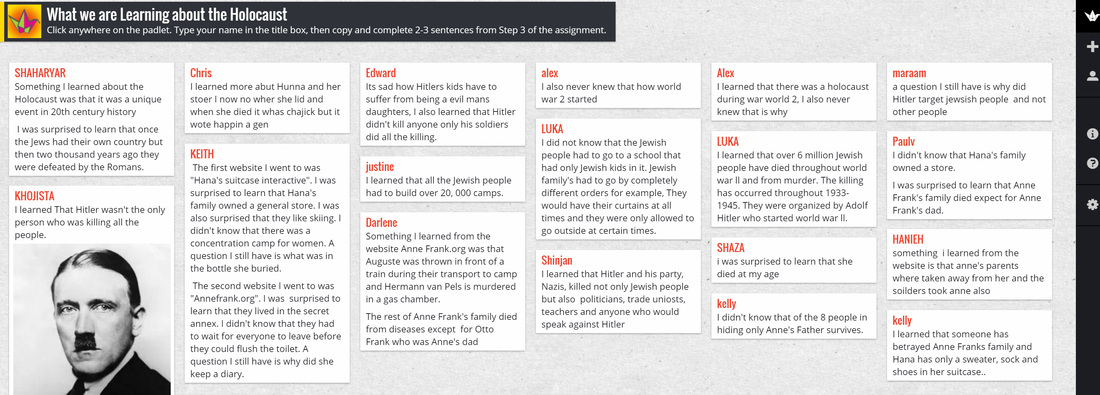

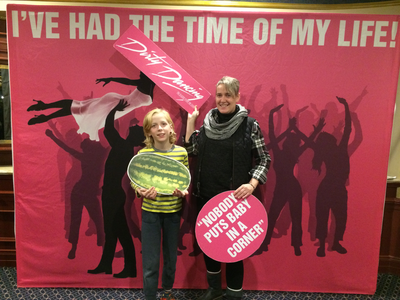
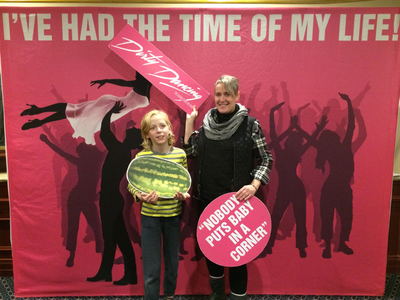
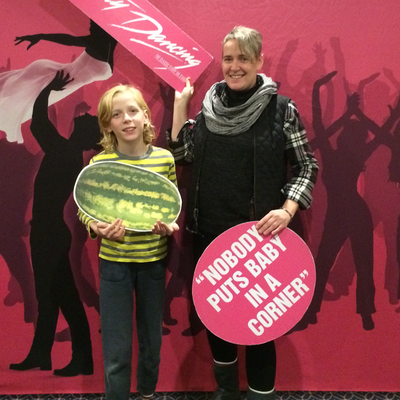
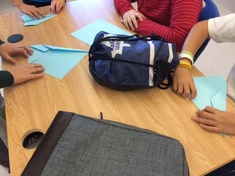
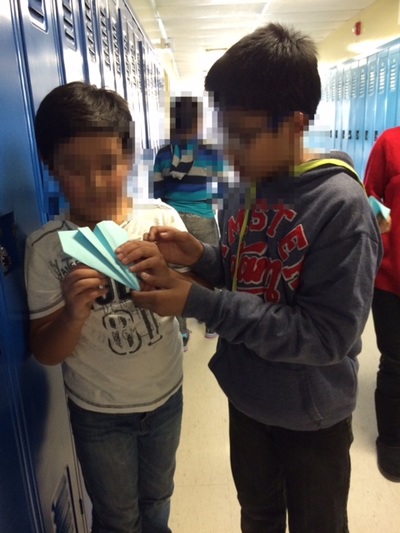
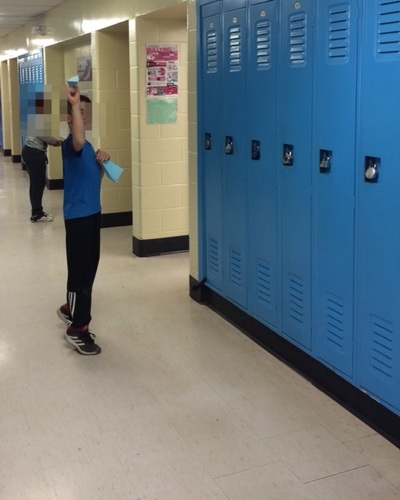

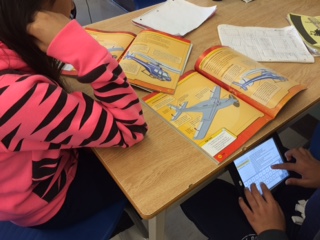
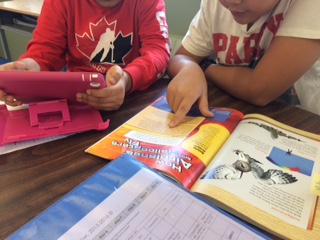
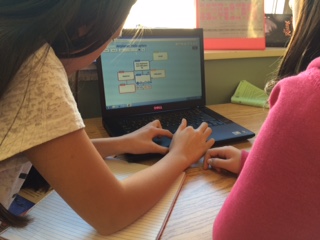
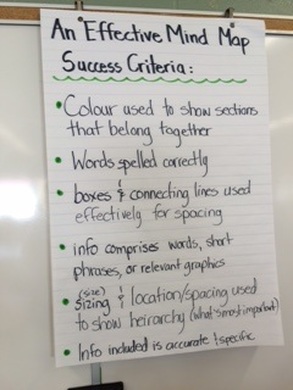

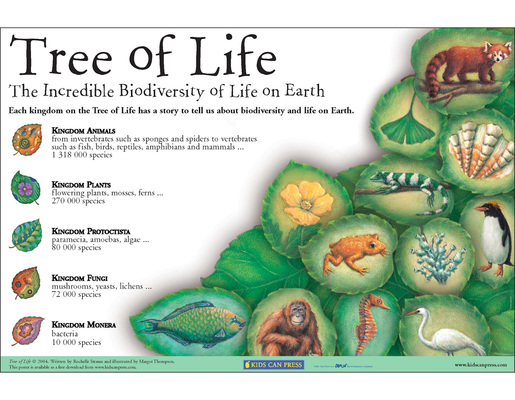


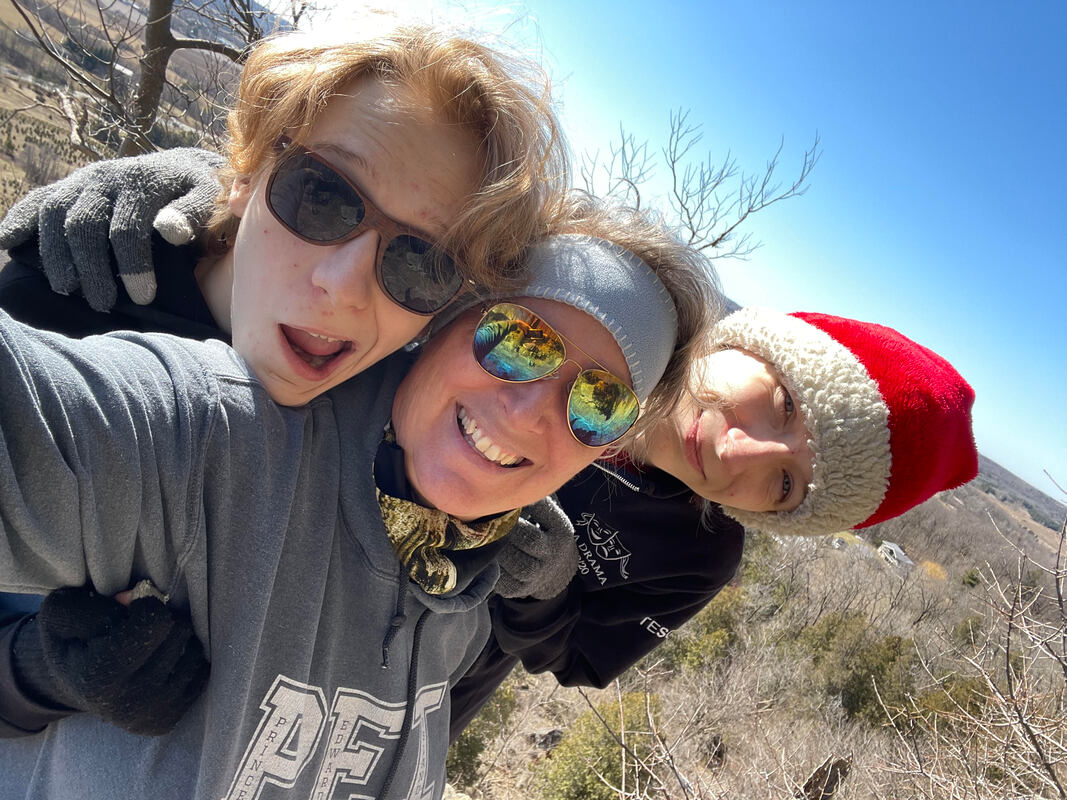
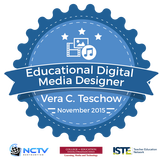
 RSS Feed
RSS Feed